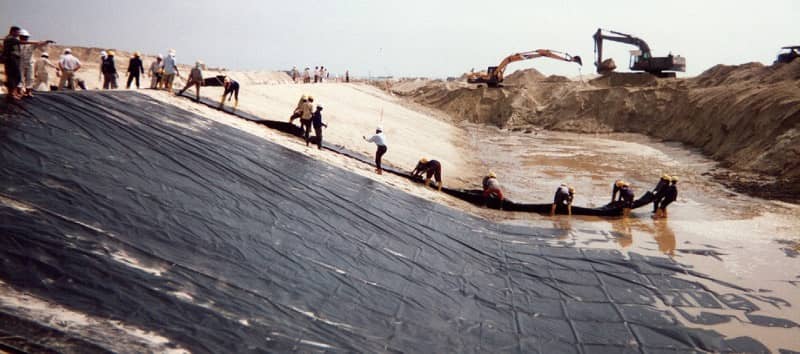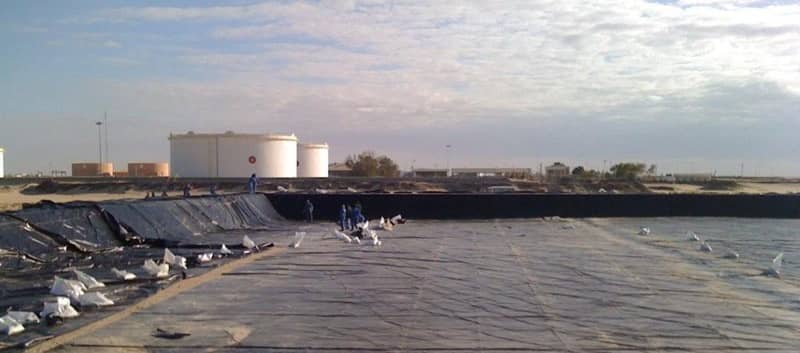When specifying a geomembrane, engineers have two high-level options: reinforced or unreinforced geomembranes. Both types of geomembranes have unique properties that make them the best solutions for certain applications and projects. In order to assist you with the specification process, we’ve broken down some of the key components for both geomembranes below.
Kyle Wheeler

Recent Posts
When choosing the correct geomembrane for geofoam coverage in road and bridge construction applications, there are six properties you always need to take into consideration:
1. Puncture Strength/Abrasion Resistance
2. Tensile Strength
3. Flexibility
4. Vapor Transmission
5. Toughness
6. Chemical Resistance
In a previous blog post, I discussed the benefits of using EPS geofoam for highway construction. Geofoam has many benefits in the transportation market and has found itself in many well-placed areas. In this blog I’ll review what geofoam is and how to install it.
Determining and choosing the best geomembrane for your project can be a time consuming process. There are a number of factors engineers must consider, besides overall price, in order to provide clients with the best solution. In order to assist you with your specifications, we’ve written comparisons for a few geomembranes. Below, you will find a comparison of EIA and HDPE.


.jpg)




